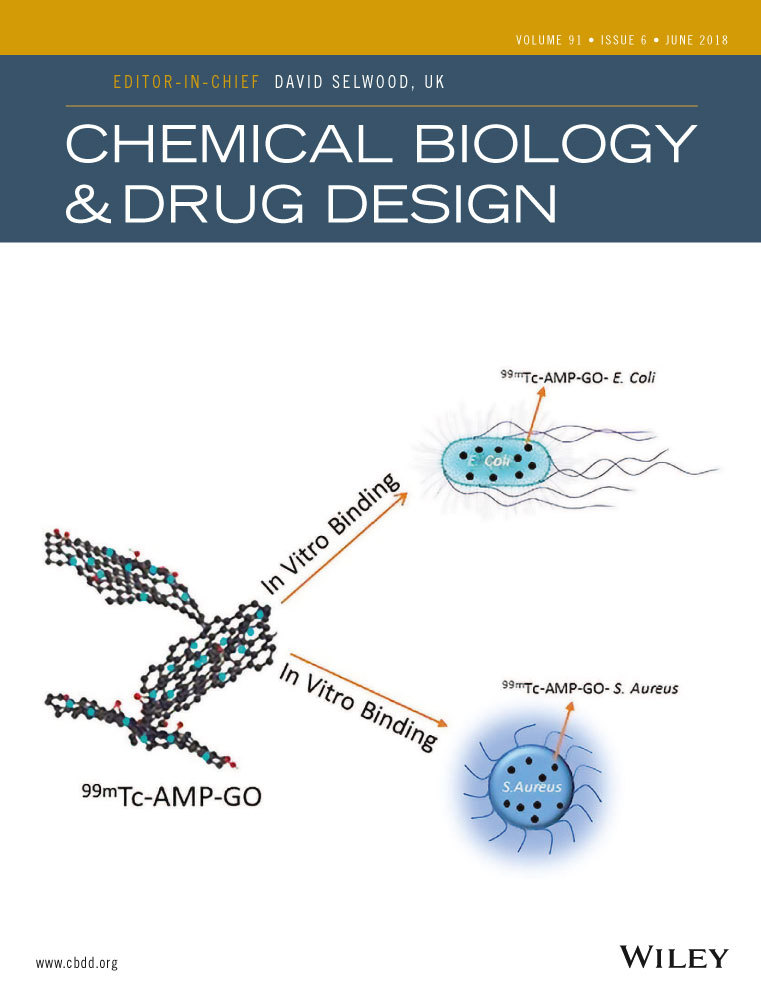
“The human cannabinoid G protein coupled receptor 1 (CB1) is highly expressed in central nervous system. CB1-selective antagonists show therapeutic promise in a wide range of disorders, such as obesity-related metabolic disorders, dyslipidemia, drug abuse and type 2 diabetes.
Rimonabant (SR141716A), MJ08 and MJ15 are selective CB1 antagonists with selectivity >1000 folds over CB2 despite of 42% sequence identity between CB1 and CB2. The integration of homology modeling, automated molecular docking and molecular dynamics simulation were used to investigate the binding modes of these selective inverse agonists/antagonists with CB1 and CB2 and their selectivity.
Our analyses showed that the hydrophobic interactions between ligands and hydrophobic pockets of CB1 account for the main binding affinity. In addition, instead of interacting with ligands directly as previously reported, the Lys1923.28in CB1 was engaged in indirect interactions with ligands to keep inactive-state CB1 stable by forming the salt bridge with Asp1762.63 . Lastly, our analyses indicated that the selectivity of these antagonists came from the difference in geometry shapes of binding pockets of CB1 and CB2.
The present study could guide future experimental works on these receptors and has the guiding significance for the design of functionally selective drugs targeting CB1 or CB2 receptors.”
